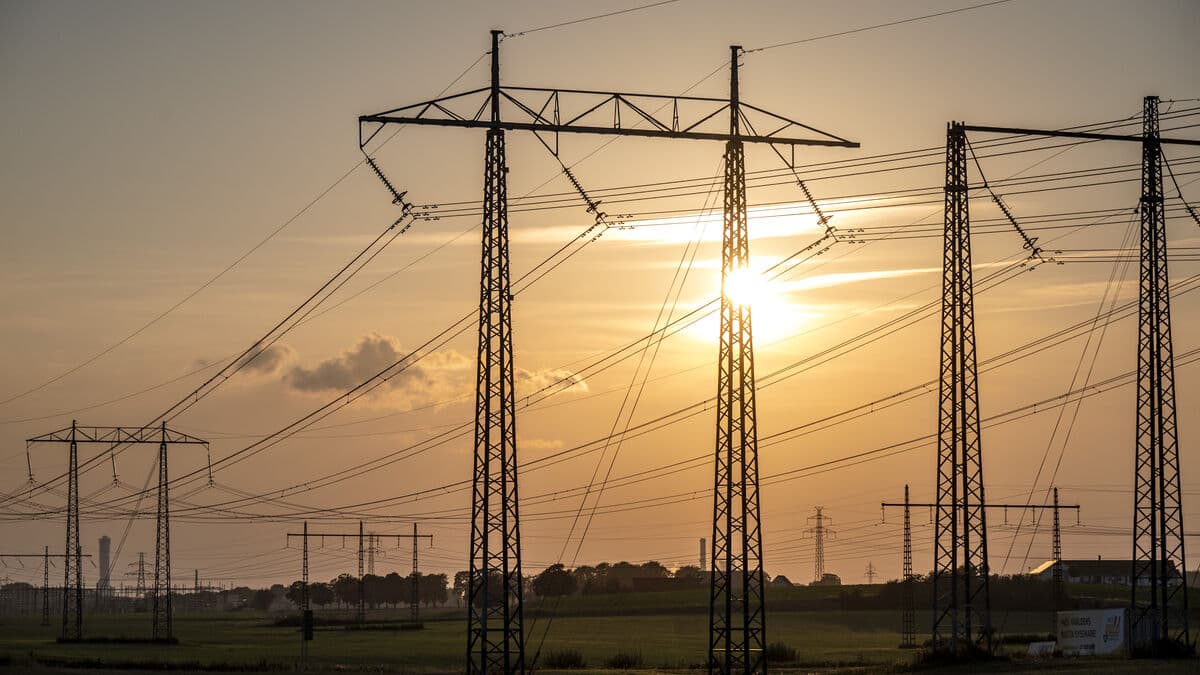For those with quarterly prices, those who have agreements where the electricity price is set every fifteen minutes, it will be a couple of expensive days. This is what happens when the wind has died down, the sun has lost its power and much of the nuclear power is under repair.
Two and a half of Sweden's six nuclear reactors are currently out of operation. The latest addition to the reactors under repair is Ringhals 4 after a detected leak in one of the generators. It is expected to start up on Tuesday, but it will take some time before it is in full operation.
Almost windless
At the same time, it is almost windless – in Sweden but above all in Germany – notes Johan Sigvardsson, analyst at the electricity trading company Bixia.
Gas and oil-fired electricity production is ready, but it also means that "fossil power will want to charge well for running", he writes in a comment to TT.
High German electricity prices, as usual, directly affect southern Sweden when electricity production is also lower than normal here.
The average price during the Tuesday day in electricity areas 3 and 4 (Svealand and Götaland) is around 1.90 kronor per kilowatt hour (kWh), with individual peaks of 5.70 kronor for individual quarters - that is, 15-minute periods. In the northern half of the country, the day price is between 18-30 öre, according to the pure electricity price on the electricity exchange Nord Pool.
New, slightly milder peak
On Wednesday morning, there will be a new price peak, albeit milder, of up to 3.50 kronor per kWh at most. The day price for Wednesday drops to 1.20-1.40 kronor when some wind returns and Ringhals 4 is expected to go up to full speed again.
In addition to the exchange price, electricity tax, VAT and grid fee of well over one krona per kWh are added.
The high temporary peaks mainly affect the electricity customers who have quarterly price agreements. The vast majority of the customer base has a variable monthly price and there the impact from the price peaks will be significantly less.





